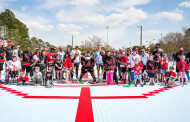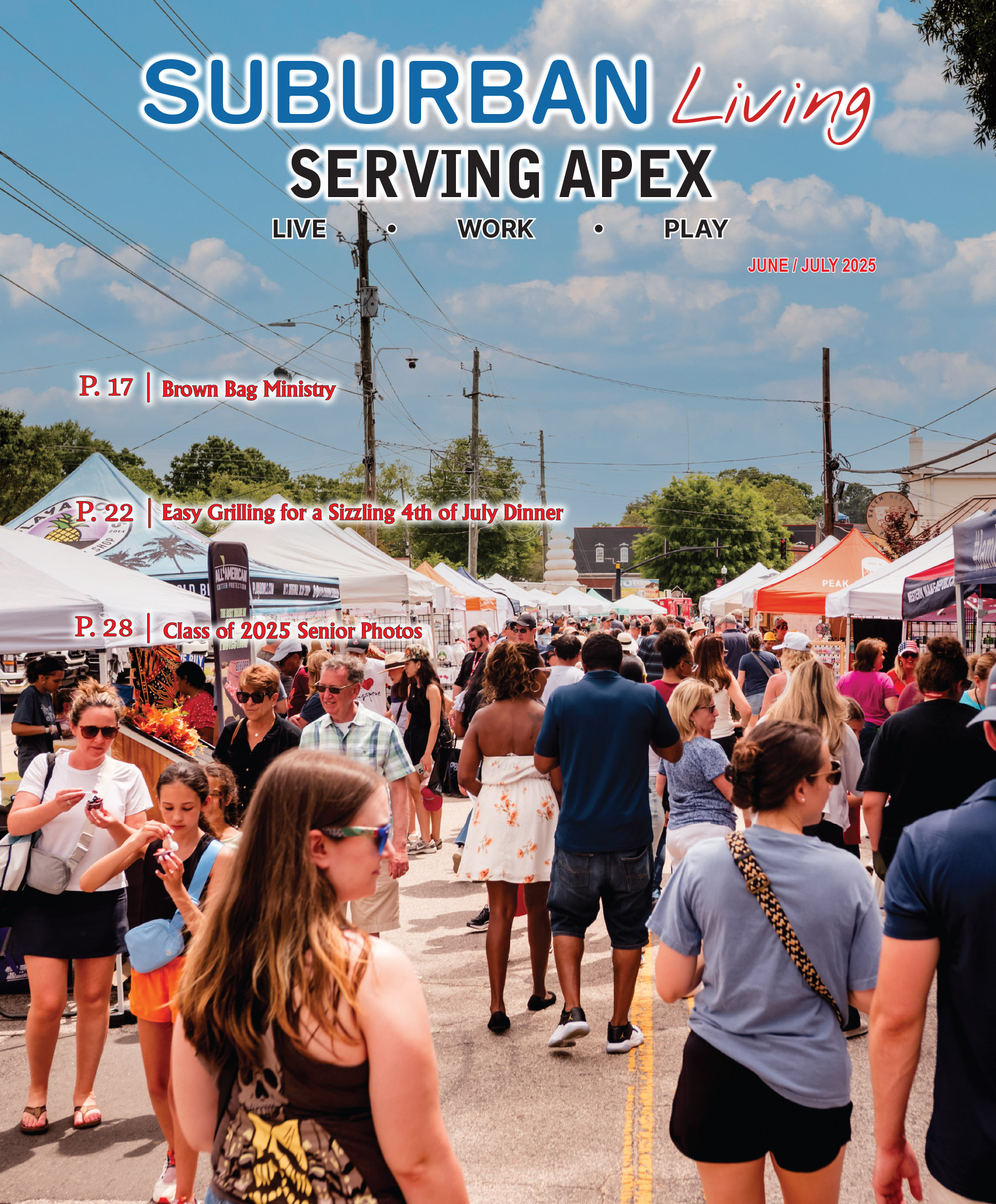While people and dogs have worked together for thousands of years, K9 units have been evolving for a little over a hundred years. The earliest K9 training facility started in Ghent, Belgium, in 1899 and was widely recognized as the leader in canine training. The road from there as it relates to the use of K9 units in the United States was a bumpy ride with quick starts and hard stops due to early failures related to training (both for the K9s and their handlers), misunderstandings and misalignment between dogs, people and situations.
In short, it took a lot of trial and error, but in 1956, the Baltimore City Police Department instituted the first modern K9 unit in the United States. Their success garnered national attention which led to other police departments requesting the specialized training necessary to establish their own K9 units.
Today, law enforcement agencies use K9 units to help them do their jobs safer and faster which translates into hundreds of man-hours saved each year. The K9s freely and willingly go into areas others are not able to. K9 units use their special abilities to help law enforcement locate suspects, recover evidence, identify narcotics, alert to the existence of explosives and track down missing persons quickly.
Closer to home, the Apex Police Department has had a K-9 unit since 2015. K9 Rocky and his handler started it off. A year later, K9 Zeus and Sergeant Joseph Asmussen joined the team. In 2019, Officer Carl Baker and K9 Jordi were added and finally, in 2021, with the retirement of K9 Rocky, they welcomed Officer Keenan McClaugherty and K9 Apollo.
To better understand the K9 unit here in Apex, I sat down with the K9 handlers and asked about the required training (for both officer and K9) that leads to certification.
“We certify annually through the International Police Working Dogs Association. Each K9 and handler goes through a 16-week basic K9 school where the K9 and handler are trained,” Asmussen shared.
Asmussen, who is a trainer, noted that all of the K9s in Apex are trained in obedience, narcotics, tracking, building searches, article searches, and apprehension. At the heart of this training is a fairly simple concept that is established with the dog at a very young age: Follow my command and I’ll give you your reward. It is ultimately all about drive and this drive to be rewarded over and over again is at the heart of their training.
He noted that they typically get the K9s around ages 11-16 months, purchased from vendors in the US after testing them to fit specific needs. And, that need is essentially matching the dog to the handler.
“You want to make sure the handler and the dog can make a good partnership. We want dogs that can be social, with an on/off switch,” he shared. In other words, dogs that can toggle between taking pictures with kids and quickly pivoting when duty calls.
There are various assessments to determine if the dog is a good match. These include environmental tests where the dogs are exposed to dark rooms, noises, stairs, carpets and so forth. They do this to see if any awkward behavioral issues arise. From there, handlers move on to test a dog’s hunt drive which is essentially a test of the dog’s nose. They throw the dog’s prized reward into the woods or into tall grass and want to see how quickly the dog can track it down. Can the dog work the wind, does he give up or is he committed to finding it?
It was interesting to hear how these dogs track. While some of this is certainly based on their keen and heightened sense of smell, it is also based on recognition of disturbances on the ground, like broken vegetation. To the K9s’ keen senses, a stepped-on blade of grass releases fresh smells—akin to when we encounter a freshly cut lawn. It’s a useful analogy in terms of understanding how granular their sensing can get. Given the variety of items to disturb, tracking in the woods is easiest for the K9, followed by grass/open fields and lastly, pavement which presents them with a bigger challenge. Don’t think for a moment, though, that they don’t rise to meet that challenge. It’s also crucial to see how capable the dog will be when faced with an apprehension. Is the dog confident or does it run away?
But, as previously noted and at the forefront of all of these assessments is the most important of all: the handler-K9 relationship. Is the handler going to bond with the dog and will they make a good team? For any consideration of a K9, the answer here must be a resounding yes.
“When we have an opening, we look at the handler first and then what dog is a match for the handler,” Asmussen said.
After certification, the K9 lives with the officer and becomes an integral part of both their personal and professional life. Handlers spend more time with their K9 partners than with their families. The connection is tight and the bonds unbreakable.
The K9’s main purpose is to be a locating tool. The majority of the time, dogs are deployed to find something: drugs, discarded evidence, a missing perpetrator or person, and criminals.
Where do these highly intelligent, alpha dogs come from? Unexpectedly, it is Europe. The dog world is huge in Europe. Two of the most prominently involved countries are Holland and Poland.
“It’s equivalent to the NFL here,” Baker said.
Dogs are put through endless trials to push the limits on training. Asmussen noted it is called Sport Dog there. In addition, there are long-established bloodlines where litter after litter produces consistently valued and valuable dogs. In simplest terms, the process follows this path: A US-based dog vendor travels to a European-based vendor and brings back hand-picked dogs (both male and female) that fit a cross-section of profiles.
In connecting these dots, Asmussen’s Zeus is from Holland while Jordi and Apollo are from Poland. But, what about breeds? The Belgium Malinois, German Shepherd and Dutch Shepherd are the most popular breeds. Zeus is a Belgian Malinois, Jordi is 50% Belgian Malinois and 50% German Shepherd and Apollo is 100% Dutch Shepherd.
All verbal commands are given in Dutch, which was surprising but not nearly as surprising as finding out that each officer can only work with their own K9. Once handler and K9 are certified, in the strictest sense, the certification bestowed upon them is a binding agreement.
So, we’ve answered the questions of where K9s come from and the preferred breeds. But, what’s in their names? Jordi was named after a fallen K9 officer. Zeus retained the name given to him from his early assessment days and Apollo’s name came via an Apex community vote. The executive staff outsourced his name selection process to Baucom Elementary School. The children there chose several names and Apollo’s handler, McClaugherty, boiled those down to his favorite three and then to his favorite two. From there, it went to a Facebook vote and the name, Apollo, won.
Although the initial 16-week training for certification gets that job done, the learning never stops. The Apex K9 unit trains every Tuesday with both the Holly Springs and Cary K9 units. These training sessions are anything but repetitive. Rather, the officers shared how they always try to challenge the dogs with something new and unexpected, like adding an experience they recently encountered in the field. They’ll recreate these scenarios so the K9s aren’t stumped when they see it in the future. They are very smart and to be at the top of their game, they require stimulation all the time. Asmussen noted how after a while, the training locations become so familiar to the dogs that the officers can run out of options.
“These dogs are like little kids; they get bored if they do the same exact thing over and over again. They are so high energy; if they go through the motions and you don’t challenge them, they are not going to perform the way they need to perform,” Baker said.
When performing out in the field, the dogs—like their handlers—wear a utility vest. Apart from being light and airy to facilitate ease of movement, the team pointed out the handles on each side of the vest that allows the handler to easily lift the dog over a wall or a fence, if required. The officers are also equipped with a bulletproof vest for their partner.
The K9 unit vehicle’s back seat is a complete, climate-controlled kennel. Asmussen pointed out that this mobile kennel is equipped with a state-of-the-art “hot and pop system” that constantly monitors temperature. If the temperature rises above 90 degrees, the windows roll down, fans go on, lights flash and the siren goes off. In addition, the K9 handlers all carry pagers that alert them if they are out of sight of the vehicle. They noted how they try not to stay away from the car but wanted to assure that the K9s are well taken care of to ensure their health and well-being.
While the vast majority of police departments in Wake County have K9 units, Apex’s own K9 does respond to mutual aid calls if a K9 unit is not working in that jurisdiction.
When asked to share memorable calls with their K9 partners, Asmussen remembered the Fairfax Woods home invasion in 2021 when Zeus tracked down one of the suspects. He also recounted that Zeus assisted in the successful shutdown of a local heroin trafficking outfit.
Baker recalled an armed robbery that originated in Holly Springs and eventually ended in Apex where the assailants crashed on I-540 at Highway 55. They ran and so did Jordi, who tracked them hiding in the high grass nearby.
McClaugherty remembered being called to another agency, something that happens from time to time as Apex supports other police departments that don’t have K9 units. The Highway Patrol fought a guy, and he took off running. Apollo tracked him through the woods and found him lying in a creek bed.
I wanted to get a sense of what tracking assailants through the woods would be like. The officers said that this typically involves the use of a 15’ leash and a lot of sprinting, navigating trees and tree branches, running across uneven ground, rocks, creeks, etc.
“In training, they know that at the end of this game, they’ll get their reward. It’s a game for them. They don’t know they are working. It’s fun for them. Sniff the ground, find out where the scent leads and I get my reward,” Baker said.
Each K9 unit is on a staggered/rotating schedule so they have adequate downtime. Each dog is also on a very strict and regimented diet that requires maximum nutrition and plenty of water.
They hope to see the K9 unit expand in the future. Asmussen will likely propose such expansion in the new fiscal year, all of which is dependent on the final, approved budget.
In addition to fighting crime, the K9 units engage in local community demonstrations and educational activities. They frequently present to elementary schools, have participated in the National Night Out event, demonstrated at local Apex Summer Camps and have been featured performers or prized guests at other suitable events.
“Most people think dogs are pretty cool. We get out and talk to the kids. It builds trust. When we go out into the community, they see us as a normal dude with a dog. How can you beat that,” Baker said.
As we’ve learned, in any high-functioning and successful K9 unit, the bond between handler and dog is not only essential, it’s unbreakable. It’s good to know that the K9 unit of the Apex police force is at the ready, keeping the community safe and demonstrating that the ties that bind handlers to K9s—like trust, respect and mutual appreciation—are the same ties that bind the community to its law enforcement professionals.








